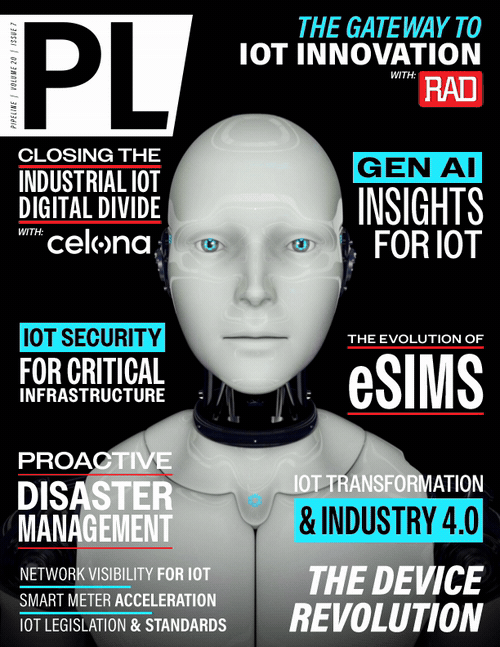Smart Meters Account for 80 Percent of
Electricity Meters in North America
By: Johan Fagerberg

Smart grids are envisioned to incorporate a wide range of features in order to perform the required functions. These include load adjustment, demand response support, greater resilience to loading, decentralization of power generation, and price signaling to consumers. Load adjustment and demand response support enable temporary or continuous adjustments of power consumption and generation during unexpected fluctuations in the balance of supply and demand. Both features are widely implemented on core grid assets and among large industrial customers but can deliver further benefits if extended to the entire network. Greater resilience to loading optimizes network utilization to avoid or minimize blackouts. This is achieved through smart grid design and more intelligent operation. Decentralization of power generation allows individual consumers to generate power onsite by, for instance, installing solar panels, and is expected to increase the share of renewable energy. Price signaling to customers is anticipated to promote behavior and technology that lead to reduced power demand during peaks through variable pricing, a phenomenon referred to as peak-shaving. The first step is usually to introduce differentiated day and night tariffs, with a vision to move towards a price structure which could vary by the hour or the minute in the future.
About Promptlink - www.promptlink.com
Promptlink Communications is an industry innovator in network noise detection and CPE testing, with 15 patents demonstrating the innovation and breakthrough technology Promptlink
has developed. One key innovation has led to solving the puzzle of localizing and repairing ingress and other types of HFC noise and impairments. Machine learning and a huge library
of labeled data is used to identify the type of noise or other impairment and sends the specific location directly to a technician, with no analysis required. Promptlink’s Network
NoiseHawkAI provides a fully-automated solution for localizing, diagnosing and repairing Upstream Noise and other impairments. NoiseHawkAI automatically localizes a point in your
network, provides instructions to find and fix the issue, and validates the fix. All steps are fully automated, using the latest AI technology to send all info straight to a
smartphone. Promptlink's patented and award-winning solution is one-of-a-kind. This is only one of many unique solutions provided by Promptlink.
Smart metering is widely regarded as the cornerstone for future smart grids and is currently being deployed all over the developed world, with a growing number of large-scale initiatives now also being launched in developing countries. Asia-Pacific constitutes the largest market by far while North America ranks as the third largest market after Europe. North America and Europe are two highly dynamic market regions that saw a wave of massive smart metering projects being launched or completed during the first half of the past decade. Several major utilities in these regions are thus now preparing for a second-wave of deployments to take off, driven by new smart meter functionalities and smart energy use-cases.
The North American smart metering industry is diverse and dynamic. The combination of a large and relatively homogeneous energy market characterized by high consumption, a world-leading technology sector, and a diversity of players in the utility industry, has created a favorable climate for growth and innovation. Despite some




















